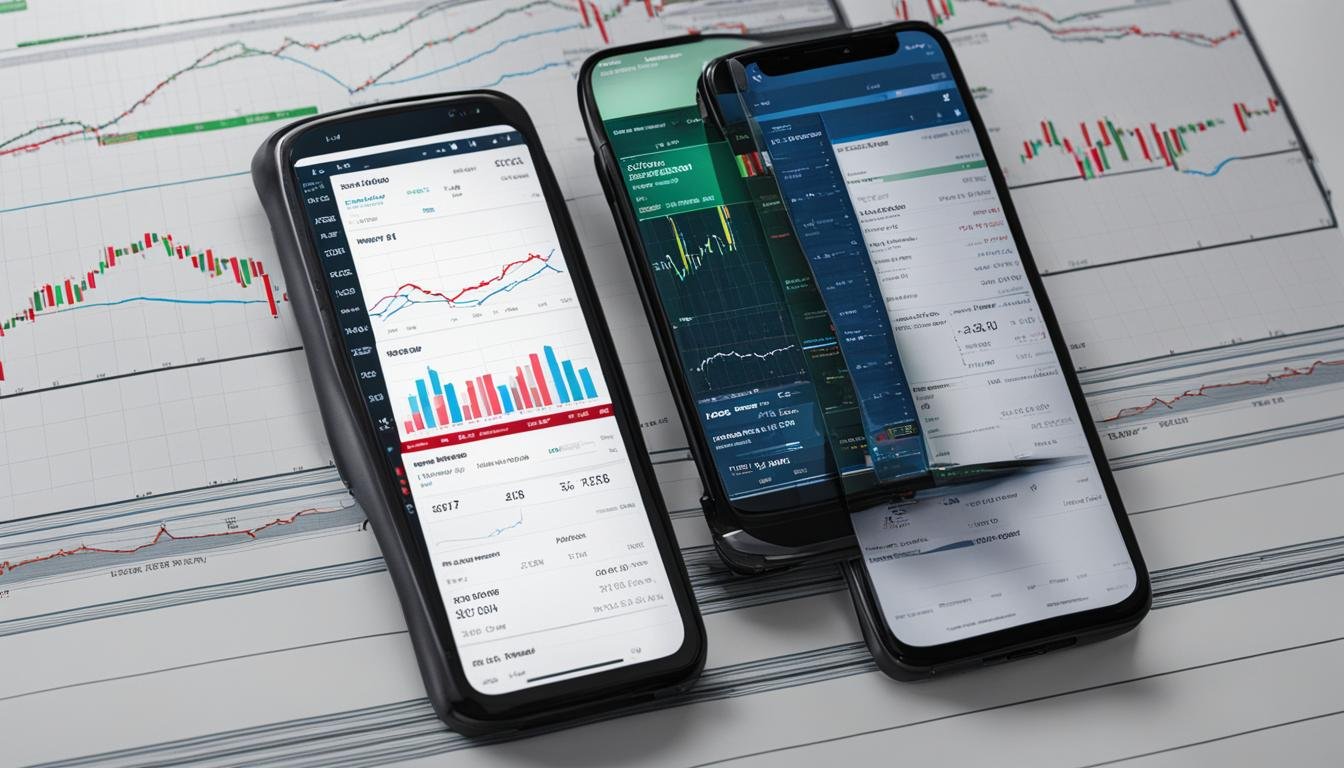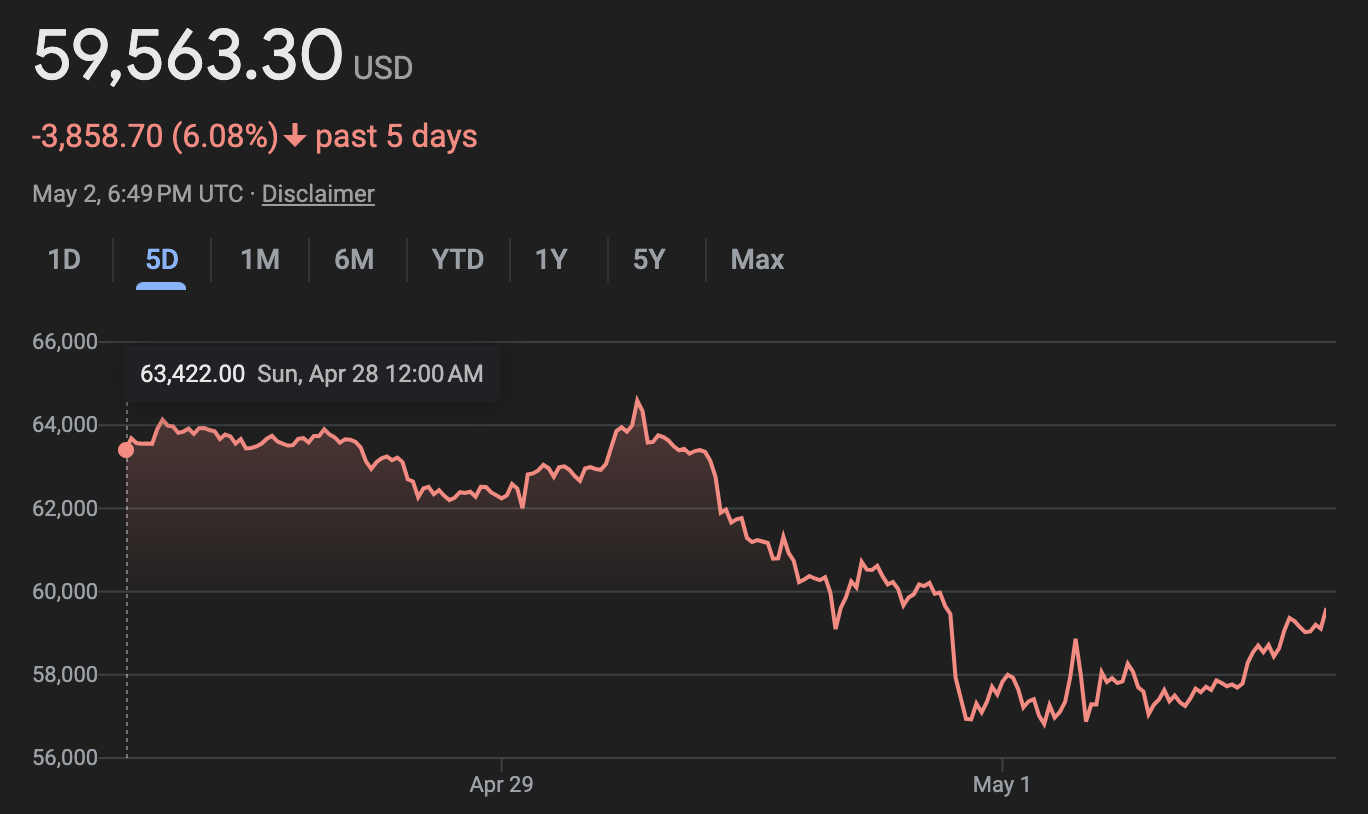Understanding Edge Calls: A Basic Angle of Trading
What is a Edge Call?
In the world of fund, a edge call is a basic occasion that happens when a trader’s account adjust falls underneath a certain level, activating a necessity to store more reserves or offer a few of their positions to meet the least edge necessities. This wonder is a common result of the leveraging prepare, where dealers utilize borrowed cash to open up their potential gains.
How Does a Edge Call Work?
When a dealer opens a exchanging account, they ordinarily store a certain sum of capital as starting edge. This beginning edge is utilized as collateral to secure the trader’s positions, and it serves as a ensure that the dealer will be able to meet their commitments. The edge necessity is set by the broker or trade, and it changes depending on the advertise, instrument, and exchanging methodology.
As the trader’s positions fluctuate in value, their account balance will also change. If the value of their positions falls below a certain level, the broker will issue a margin call, requiring the trader to deposit more funds or sell some of their positions to bring the account balance back up to the minimum margin requirements.
Types of Margin Calls
There are two main types of margin calls: automatic margin calls and discretionary margin calls.
Automatic Margin Calls: These are triggered by a set of pre-defined rules and criteria, such as a decline in the value of the trader’s positions by a certain percentage.
Discretionary Margin Calls: These are issued by the broker or exchange based on their discretion and may take into account factors such as market conditions, trading history, and creditworthiness.
Consequences of a Margin Call
If a trader fails to meet a margin call, they may face severe consequences, including:
Forced Liquidation: The broker will automatically sell some or all of the trader’s positions to meet the minimum margin requirements.
Account Closure: The trader’s account may be closed, and they may be prohibited from trading with the broker or exchange.
Financial Losses: Traders may incur significant financial losses if they are forced to sell their positions at unfavorable prices.
Causes of Margin Calls
Margin calls can be triggered by various factors, including:
Market Volatility: Sudden changes in market conditions can cause significant losses in trading positions.
Position Sizing: Taking on too much risk can lead to significant losses if market conditions turn against the trader.
Leverage: Using excessive leverage can amplify losses and increase the risk of a margin call.
Trade Management: Poor trade management strategies can lead to significant losses and increase the risk of a margin call.
Strategies for Managing Margin Calls
To avoid or mitigate the consequences of a margin call, traders can employ several strategies:
Maintain Adequate Margin: Ensure that your account balance is always above the minimum margin requirements.
Monitor Positions: Keep a close eye on your positions and adjust your trading strategy accordingly.
Adjust Leverage: Consider reducing your leverage or adjusting your trading strategy to minimize the risk of a margin call.
Diversification: Spread your risk across different markets, instruments, and trading strategies to minimize potential losses.
Risk Management: Implement robust risk management strategies, such as position sizing and stop-loss orders, to limit potential losses.
Real-Life Examples of Margin Calls
Margin calls can occur in various markets and instruments. Here are some real-life examples:
2010 Flash Crash: The 2010 flash crash was triggered by a combination of factors, including high-frequency trading and market volatility. Many traders were forced to liquidate their positions at unfavorable prices, leading to significant losses.
2018 Cryptocurrency Crash: The 2018 cryptocurrency crash was characterized by sudden declines in cryptocurrency prices. Many traders were forced to liquidate their positions at unfavorable prices, leading to significant losses.
Conclusion
Margin calls are an essential aspect of trading, and traders must understand how they work and how to manage them effectively. By maintaining adequate margin, monitoring positions, adjusting leverage, diversifying risk, and implementing robust risk management strategies, traders can minimize the risk of a margin call and avoid significant financial losses. Remember, it is crucial to stay informed about market conditions and adjust your trading strategy accordingly to avoid this critical event.
Additional Tips for Avoiding Margin Calls
Stay Informed: Stay informed about market conditions and adjust your trading strategy accordingly.
Set Stop-Loss Orders: Set stop-loss orders to limit potential losses if market conditions turn against you.
Maintain a Contingency Plan: Have a contingency plan in place in case you receive a margin call.
Monitor Your Account Balance: Regularly monitor your account balance to ensure that you are not approaching a margin call.
Seek Professional Advice: If you are unsure about how to manage your trading account or avoid a margin call, seek professional advice from a financial advisor or broker.














Post Comment